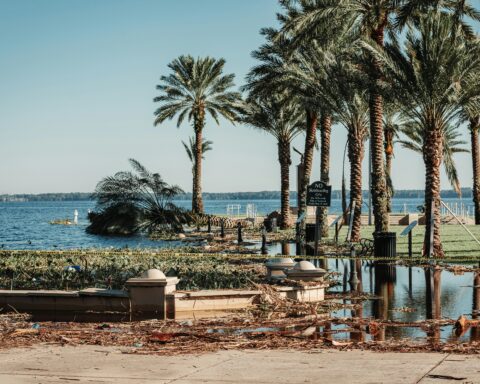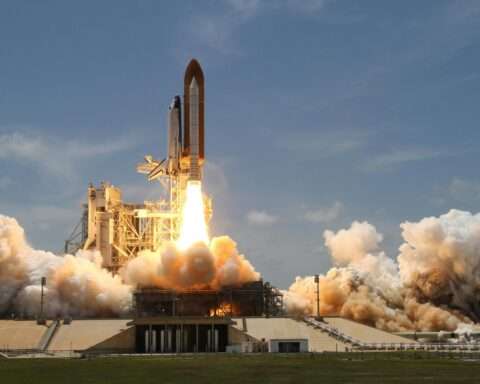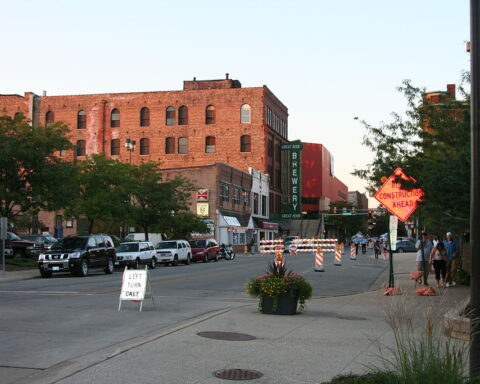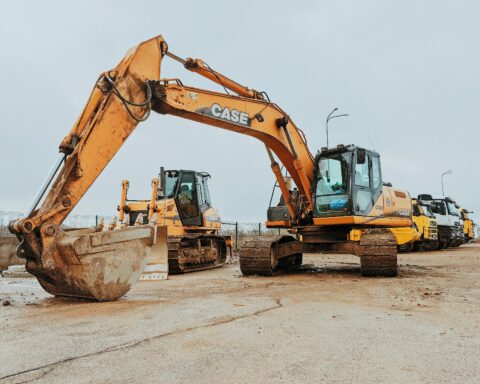The community of Rancho Cucamonga, California, is planning to make the most of becoming a stop on a new high-speed rail line connecting southern California to Las Vegas.
Construction began last month on the $12 billion Brightline West High Speed Rail project, which is being touted as the first true bullet train in the United States, with speeds projected to reach 186 mph.
With a commuter line that will shuttle travelers from downtown Los Angeles to the station, Rancho Cucamonga City Manager John Gillison said the city is making plans to maximize the opportunity created by future foot traffic that he predicted will come with having a new high-speed rail station.

Those plans include working to attract new retailers, hotels and restaurants to city-owned property near the site of the new rail station and existing attractions such as a minor league baseball stadium and an outdoor shopping mall.
As a bonus, the station will be in The Resort — a mixed-use, high-density urban development that opened for business in 2020.
Gillison said he’s expecting to see travelers come from both the L.A. area and out of state.
“Obviously, we anticipate a lot of growth and visitor traffic from it,” Gillison told Government Market News. “There could be somewhere between 4-6 million people when this starts and 10-11 million people at full capacity. A lot of that is traffic going to Las Vegas from SoCal, but somewhere between a half million and a million [from Nevada] are expected to make that reverse trip.
“That’s like having a small airport, and it will create and spur additional demand for hotels, restaurants and ancillary services like that. It could spur additional permanent growth as well, but initially the growth will be in the hospitality industry.”
An additional 500,000 visitors per year is significant in a city with a population of approximately 176,000 — the last figure provided by census.gov in 2022.
City planning to make travelers stay
The city is making upgrades near the rail station designed to encourage travelers to stick around and explore, Gillison said.
Rancho Cucamonga considered the Brightline rail when it updated its master plan in 2020.
The station itself promises to be gargantuan, with three to four floors adjacent to a seven-level parking garage.
“Cucamonga Station will begin and end in the middle of The Resort,” Gillison said. “The station will be in the north end, near the office and other non-residential uses that will be adjacent to Cucamonga Station. We own property around the station, so we’re looking at the possibility of putting in additional parking, a hotel and restaurants that would be a 60-second to two-minute walk from the facility.”
The Epicenter Sports Complex is a mile away from the station. The stadium, which has adjacent fields for recreational play and intramural leagues, has been the home of the Quakes, a single-A L.A. Dodgers affiliate, for 30 years.
“We’re in the process of revitalizing the area around the stadium,” Gillison said. “We’re hoping to do what major league teams are doing — turning the area around the stadium into an entertainment area that has restaurants and retail. That way we can have activity there year-round, not just when games are happening.”
Construction of the station is supposed to wrap about when the line is complete in late 2027, Gillison said. The city manager said construction on the station is set to begin in early 2025, and ideally, developers will get moving on adjacent projects at the same time so that everything is ready to go in a few years.
“The idea is to get started on all this work now,” Gillison said. “In California with entitlement and environmental (approval processes) you’ve got a 12-18 month process before you can start construction on anything large.
“The idea is to get moving on this stuff now so that next year and the year after we’re starting construction. We have a lot of stuff that should come online in the 2027-2028 time frame when the train will be in service, and we want the initial riders to have the amenities they were expecting when they come in — places to eat, places to stay, that type of thing.”
Gillison said some of the playing pieces near the Epicenter Sports Complex are already in place — namely the Quakes’ popularity and Victoria Gardens, a popular outdoor shopping mall.
“Last year we adopted the new master plan for the stadium area,” Gillison said. “We own much of the property around the stadium and we’re creating new parcels and working through surplus land with businesses who have been expressing a desire to locate in the area.
“Once we get through the surplus process, we’ll engage in negotiations and discussions with them.”












